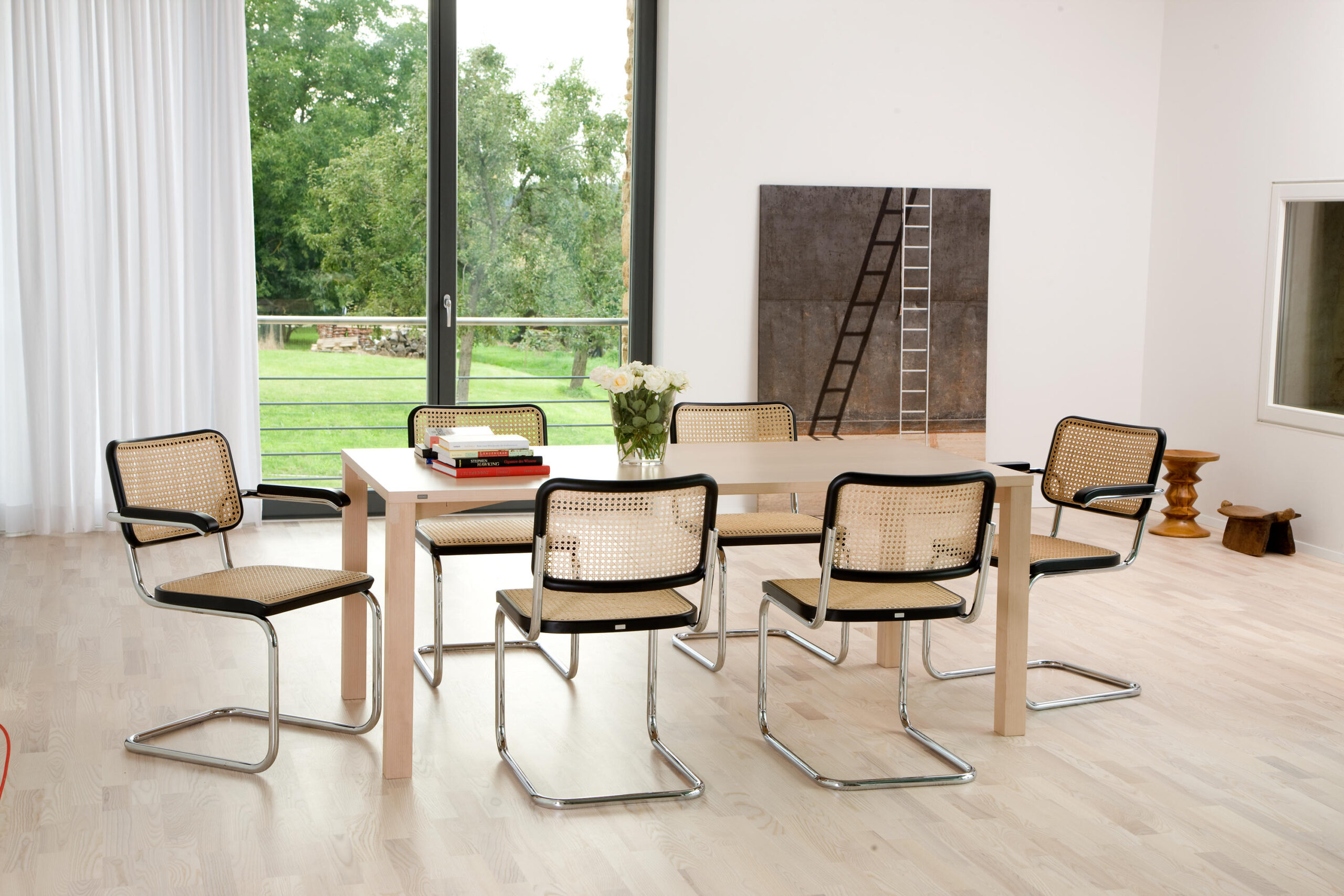July 2 marks the 225th anniversary of the birth of Michael Thonet, the visionary entrepreneur who revolutionized the world of wooden chairs
The Thonet No. 14 chair, probably the most widely reproduced chair in the world, is one of the most significant examples of furniture design. And Michael Thonet is an ideal representation of the craftsman-innovator who becomes an entrepreneur thanks to a winning idea.
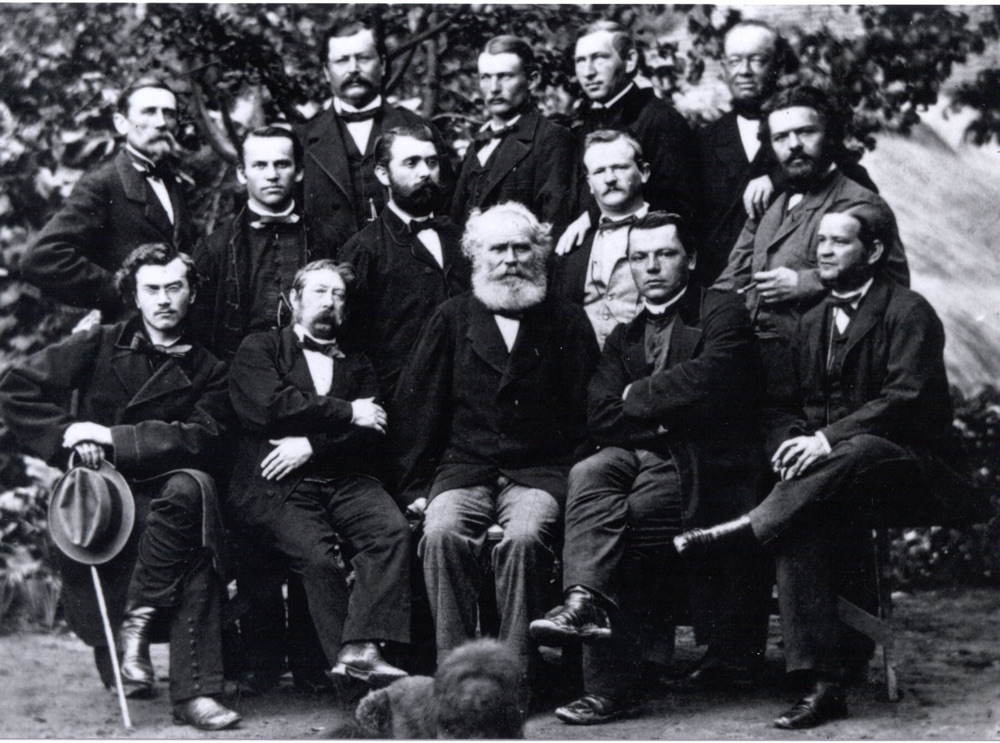
Born on July 2, 1796 in Boppard (near Koblenz, Rhineland-Palatinate), Michael Thonet could have settled for the quiet life of a carpenter, in the workshop started by his father. Instead, from early on, he began experimenting with bending wood to build new and different things. At first, he hot glued strips of wood together to make curved feet and dynamic shapes. Then, as the business grew, he began to study the technique of bending wood with steam to obtain a material also suitable for hot climates (with high temperatures, glued wood come unglued and the chairs fell apart).
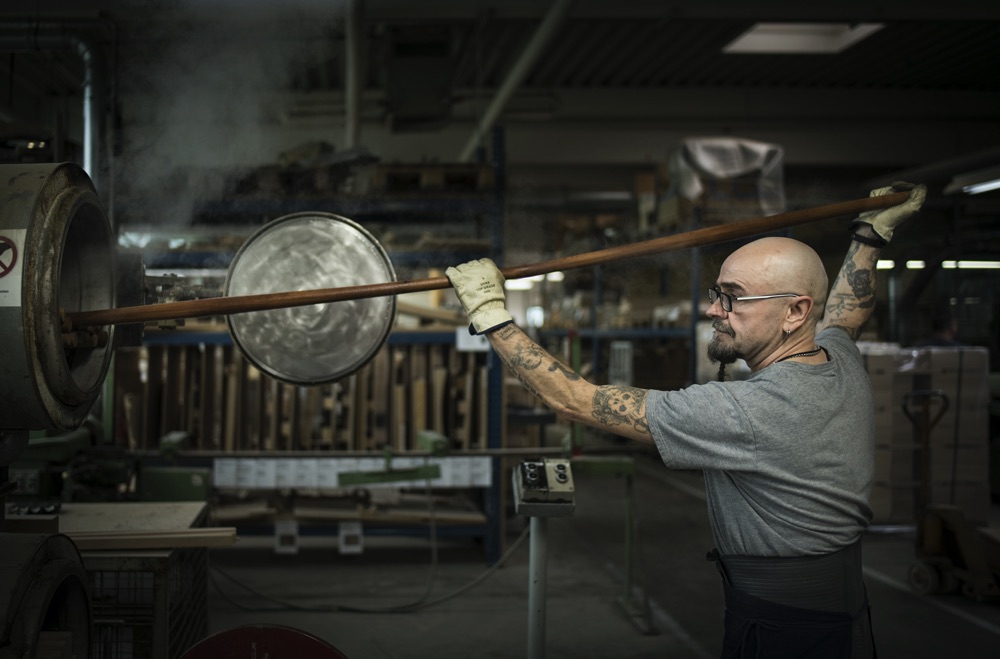
At the beginning of the 1840s, Michael Thonet moved to Vienna with his family and began to receive increasingly important commissions, such as Café Daum, for which he developed the No. 4 Chair. In 1851, Michael Thonet’s chairs had great success at London’s Great Exhibition and in 1856, in Moravia, he established his first company. In the following years, Michael Thonet perfected steam bending of wood, which paved the way for the first industrial production of Gebrüder Thonet chairs.
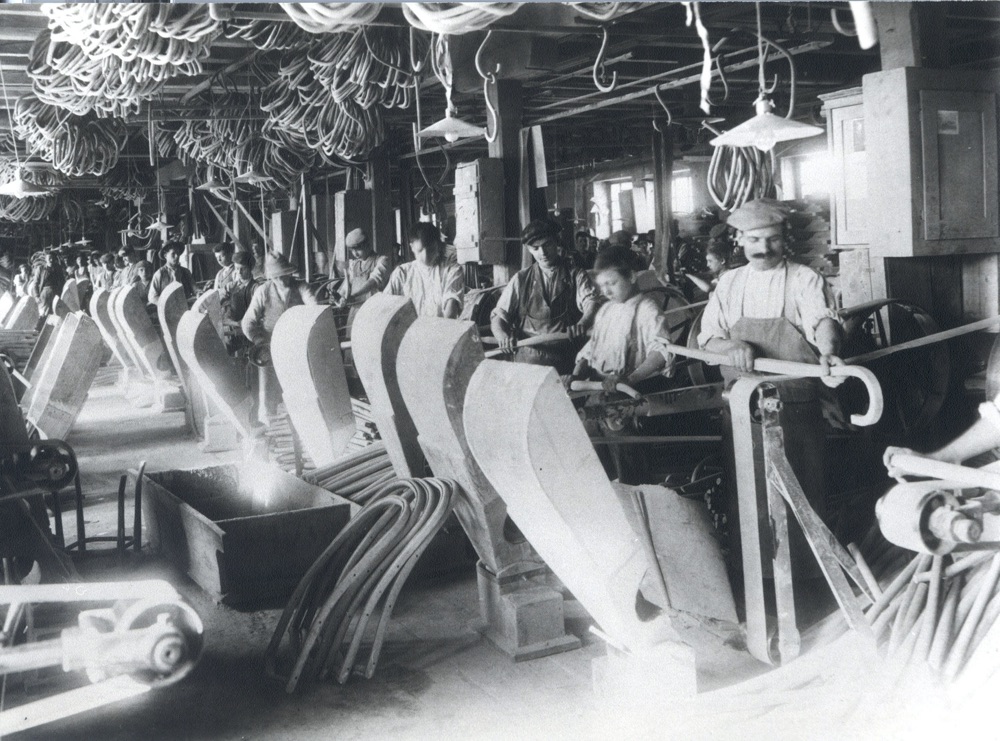
Thonet and the No. 14 Chair: the origins of industrial furniture
With the first factory, Thonet developed a construction technique similar to an assembly line: many pieces were built in series and then assembled. In 1859, Thonet developed the No. 14 Chair, a chair of tubular wood with a Vienna straw seat. The Thonet No. 14 paved the way for a series of revolutionary innovations, both in production and in logistics.
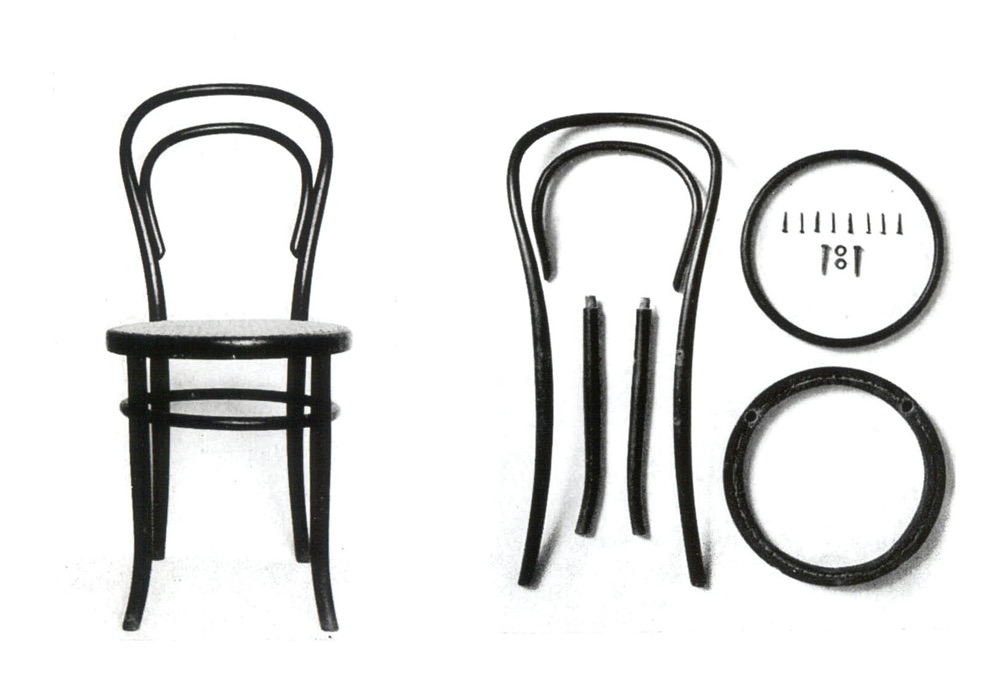
Thonet succeeded in developing a chair that could be assembled with six pieces and ten screws. The disassembled chair was easy to pack and ship. A crate of one cubic meter contained 36 disassembled chairs to be assembled, complete with screws and without the need for glue (an important detail for hot climates). One of the first examples of sustainable design. Perhaps this is one of the reasons why over 50 million Thonet No. 14 chairs were sold between 1859 and 1930.
Discover the Vienna straw trend
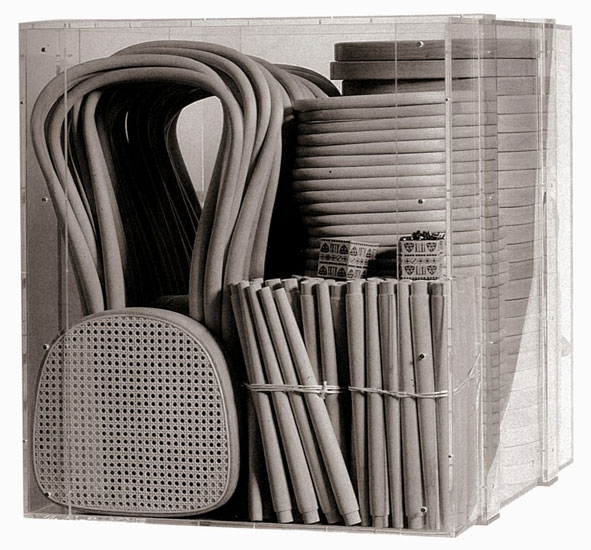
The first furniture advertisement
Besides inventing a new technique and a revolutionary production system, Michael Thonet also invented a new way of presenting a product, with the first brochures with illustrations of the various models. And he was probably also one of the first industrialists to deal with the issue of licensing. In order to meet all the requests, the production of chairs was licensed to different companies at first scattered throughout Europe and then worldwide.
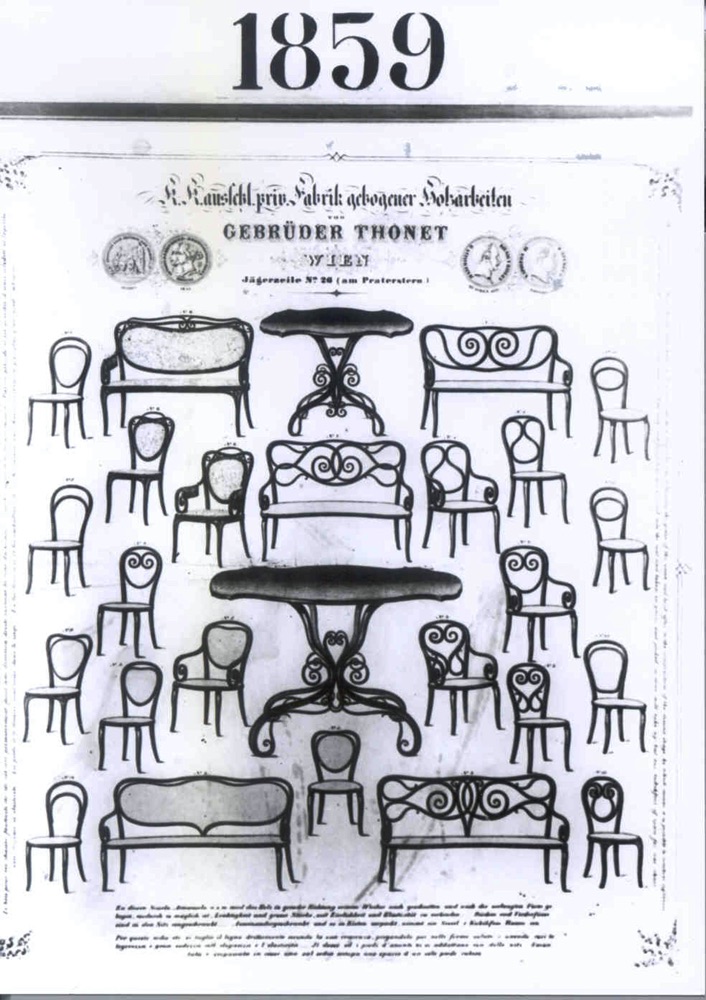
Michael Thonet died in 1871, but his family has been running the business to this day. In the first half of the 20th century, with Bauhaus and the metal tube, the Thonet brand took center stage again. Among the models that have gone down in history and are still produced are the S33 cantilever by Mart Stam, the S533 by Mies Van Der Roh, and the S32 and S64 cantilever chairs by Marcel Breuer.
Discover Thonet products in 2019
